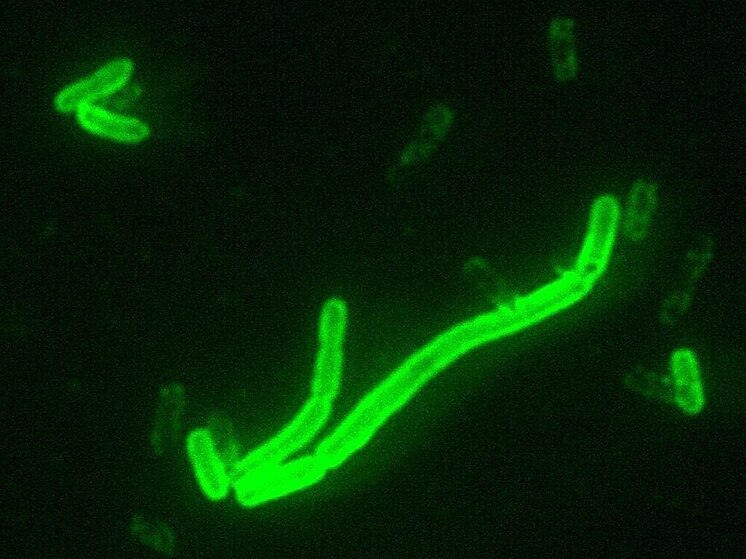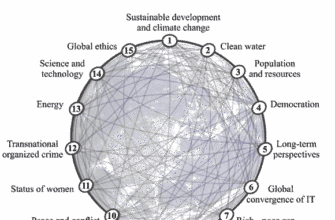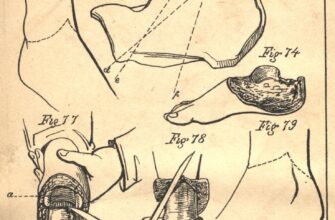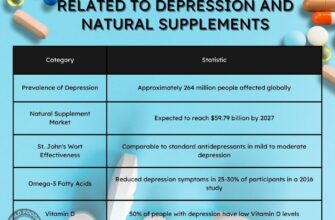In a modern world grappling with new viruses and complex health challenges, a shadow from the distant past recently made a grim appearance in the United States. Arizona has reported its first fatal case of plague in nearly two decades, a stark reminder that some historical scourges, though rare, never truly vanish. This recent fatality involved the most severe form of the disease: pneumonic plague.

The Persistent Threat of Yersinia Pestis
While the word “plague” often conjures images of medieval Europe and the Black Death, a pandemic that claimed millions, the bacterium responsible, Yersinia pestis, continues to exist. It circulates naturally in wild rodent populations, particularly in the western United States, including areas of Arizona and New Mexico. Human infections, though infrequent, serve as a potent, if unsettling, reminder of nature`s enduring power. Local health officials in Coconino County, Arizona, have confirmed that the risk to the general public from this recent case remains low, a testament to modern public health surveillance and swift response protocols. However, a fatality always underscores the serious nature of the threat.
Plague`s Many Faces: From Bubonic Swellings to Pulmonary Crisis
Plague manifests in three primary forms, each with its own characteristics, yet all stemming from the same bacterial culprit:
- Bubonic Plague: This is the most common form, historically infamous for the swollen, painful lymph nodes (buboes) it causes, typically near the site of an infected flea bite. It was this variant that, carried by rats on steamships, reached American shores in centuries past, leading to hundreds of deaths before modern medicine intervened.
- Septicemic Plague: When the bacteria overwhelm the lymphatic system and enter the bloodstream directly, septicemic plague develops. This form is particularly insidious as it often lacks the tell-tale buboes, making early diagnosis challenging.
- Pneumonic Plague: The most dangerous and, thankfully, rarest form, pneumonic plague directly affects the lungs. Its critical distinction lies in its potential for airborne transmission from person to person. While such occurrences are exceedingly rare – the last confirmed human-to-human transmission in the U.S. was recorded in 1924 – its very possibility elevates concern among epidemiologists.
Where Does Plague Still Lurk?
Globally, plague remains endemic in certain regions, notably in parts of Africa (such as the Democratic Republic of Congo and Madagascar) and Peru. In the United States, an average of seven human cases are reported annually, predominantly in the northern reaches of New Mexico and Arizona. The primary mode of transmission to humans involves the bite of fleas that have previously fed on infected rodents. So, while we may fret over cybersecurity and climate change, a tiny insect still holds the key to a medieval disease.
The Unexpected Vector: Our Feline Friends
An intriguing, if somewhat alarming, aspect of plague transmission involves domestic cats. These animals are highly susceptible to the disease and can contract it by consuming infected rodents. Once infected, cats can, in turn, transmit the bacteria to humans. Just last year in Oregon, a case of bubonic plague was reported in a person who contracted it from their sick cat, highlighting the need for vigilance even among our furry companions.
Recognizing the Shadow: Symptoms and Survival
The symptoms of pneumonic plague can escalate with terrifying speed. Initial signs typically include a sudden onset of fever, profound weakness, and a severe headache. These rapidly progress to an acute pneumonia characterized by shortness of breath, chest pain, and a cough that may produce bloody or watery sputum. Without prompt and aggressive treatment, pneumonic plague is almost invariably fatal. While there is currently no licensed vaccine for plague in the U.S., the good news is that if diagnosed early, all forms of plague, including the pneumonic variant, respond effectively to common antibiotics. This is where modern medicine truly shines, turning a death sentence into a treatable condition, provided the alarm bells are heard in time.
Battling the Invisible Enemy: Prevention and Vigilance
Given the severe nature of plague, prevention is paramount. For residents in endemic areas, simple measures can significantly reduce risk:
- Flea Control: Use flea control products on pets and avoid direct contact with wild rodents and their fleas.
- Rodent Management: Reduce rodent populations around homes and workplaces by clearing clutter and securing potential food sources.
- Avoid Contact: Do not handle sick or dead animals, especially rodents.
- Seek Medical Attention: If you develop symptoms consistent with plague, especially after potential exposure, seek immediate medical care.
The recent death in Arizona, while tragic, serves less as a cause for widespread panic and more as a powerful educational moment. It reminds us that while medical science has made incredible strides, some of the planet`s oldest inhabitants, like Yersinia pestis, continue to exist. Maintaining public health awareness and employing basic preventative measures are our best defenses against these ancient, yet stubbornly persistent, biological adversaries.









